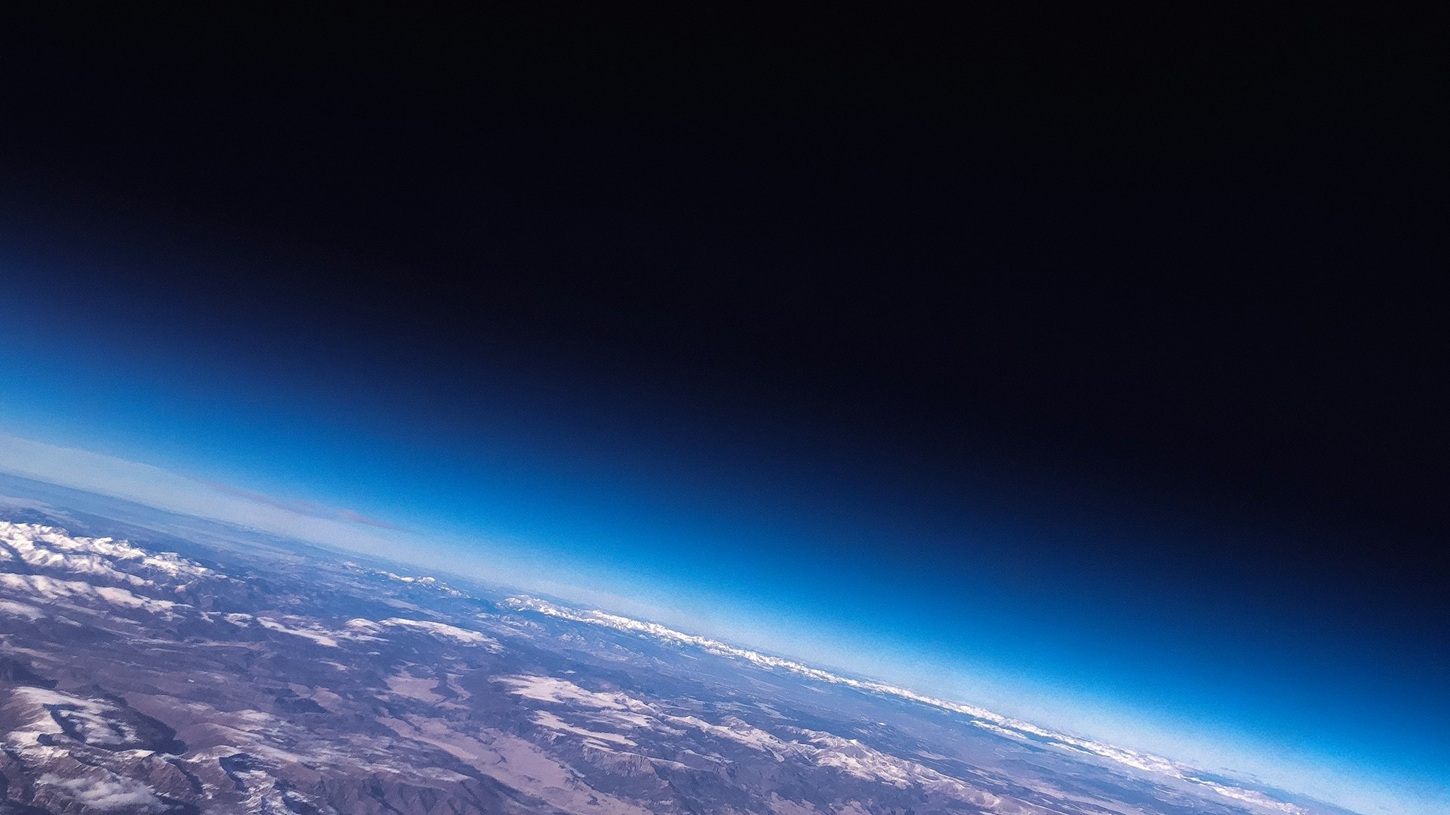According to new research, the timing of phytoplankton’s life activities in the Southern Ocean has changed by about 50 days per decade over the past 25 years, and this affects both the food chain and the absorption of carbon dioxide into the atmosphere. The changes were detected using satellite observations of the algal blooms by South African researchers who analyzed satellite images from the period 1998-2022. In the journal Nature Climate Change has been published.
The Southern Ocean, which surrounds Antarctica, receives a disproportionately large share of climate change mitigation, as 50 percent of the global ocean’s carbon dioxide uptake occurs here, and 75 percent of the global warming caused by carbon dioxide is absorbed by this region. excess carbon. into the atmosphere due to human activity. It was clear that climate change itself affected how much carbon and when the oceans could absorb it through phytoplankton blooms, but until now, neither the direction nor the extent of this was clear.
Researchers from South Africa calculated the amount of phytoplankton in different regions of the ocean at a given time with an accuracy of one kilometer based on chlorophyll amount data collected during 25 years of satellite observations. They found that flowering generally starts late and ends early, which is why it lasts for a shorter period. According to the calculations, because algal blooms are shorter, less carbon can be absorbed and stored in the Southern Ocean, starting earlier and lasting longer – likely due to reduced sea ice. In previous model calculations, this change was 10 days per contract, but based on new tests, it can be as high as 50 days.
The amount and timing of available carbon affects the entire food chain, so a delayed boom can increase environmental pressure on marine animals, and indirectly worsen the survival chances of large animals – seals, birds and cetaceans. The researchers warn that these trends are likely to intensify in the future, so the shift in the Southern Ocean will have an impact on climate change itself.












































